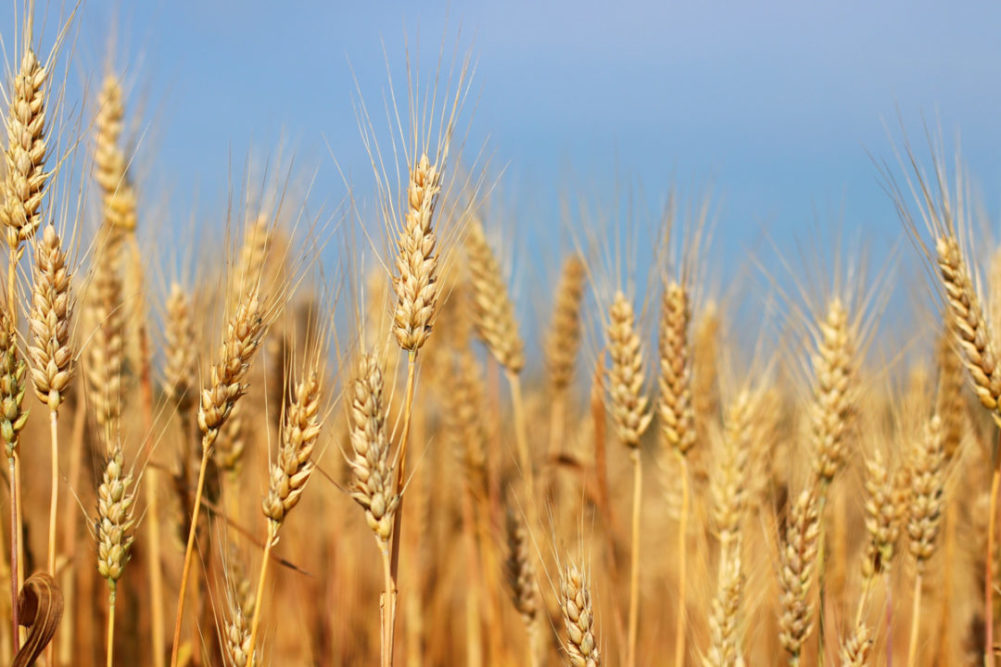LONDON, ENGLAND — UK grain production in 2022-23 is expected to reach 22.85 million tonnes, an increase of 450,000 tonnes from last year and more than 3.8 million tonnes higher than 2020-21.
Wheat production improved in 2021-22 to 14 million tonnes from the previous 40-year low wheat crop, but it is still below expectations, according to a report from the Foreign Agricultural Service of the US Department of Agriculture (USDA).
Production for 2022-23 is currently forecast to rise to 14.7 million tonnes but the questions over input costs, especially fertilizer and fuel, mean crop treatment may be reduced, with potential yield and quality reductions, the USDA said.
“… producers are reported to be increasingly concerned about the recent surge in the costs of inputs and fuel due to the developments in Ukraine,” the USDA said. “This may lead to less management of the crops, with some producers reported to be considering reducing fertilizer and other input use on the current crop and storing product for use on the 2023-24 crop. In contrast to the otherwise favorable outlook, this could reduce both the potential yield and the quality of the UK harvest, irrespective of the weather over the coming months.”
Incorporation of wheat in the feed ration increased, mainly at the expense of domestic barley and imported corn. Domestic wheat also replaced some of the previous increased incorporation of imported corn in the biofuel sector.
A much-recovered wheat crop in 2021-22 significantly reduced the reliance on imported corn, mostly from Ukraine, despite a smaller barley harvest and corresponding decline in feed barley usage.
The current crop outlook suggests wheat will once again account for over half of UK feed usage, followed by barley, and the UK will remain an importer of corn, albeit below the already reduced level of 2021-22. Given the situation in Ukraine, this may present an opportunity for imports from other origins.
The ethanol sector remains the most interesting dynamic in the UK’s food, seed and industrial sector, buoyed by the UK government’s rollout of E10 fuel from September 2021, the USDA said.
Vivergo, a previously closed facility that processes wheat, has undergone a phased reopening in 2021-22, while the other of the UK’s two facilities, Ensus, is understood to have increased production and continued to switch back to processing mainly domestic feed quality wheat after a price driven switch to imported corn in 2020-21. Both operations are expected to have the ability to be fully operational in 2022-23 meaning a forecast increase in the use of grain in the bioethanol sector, the USDA said.






